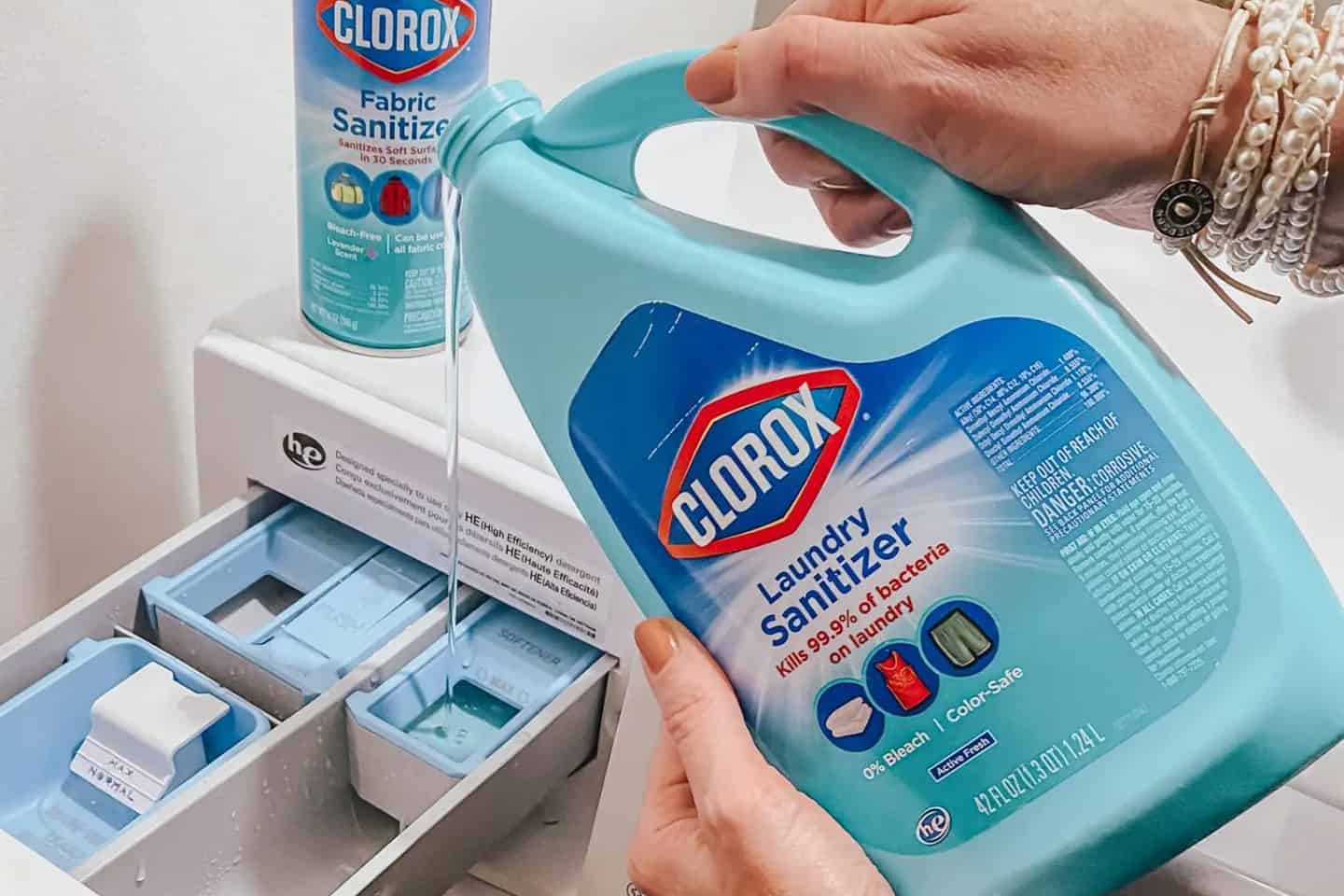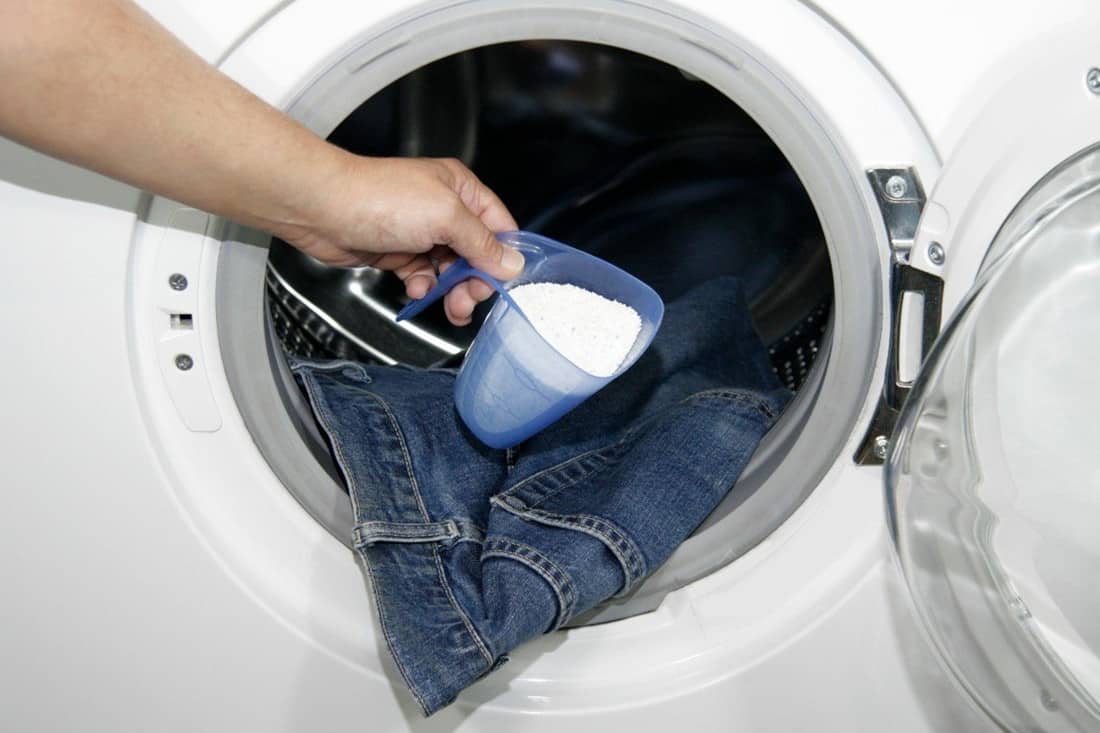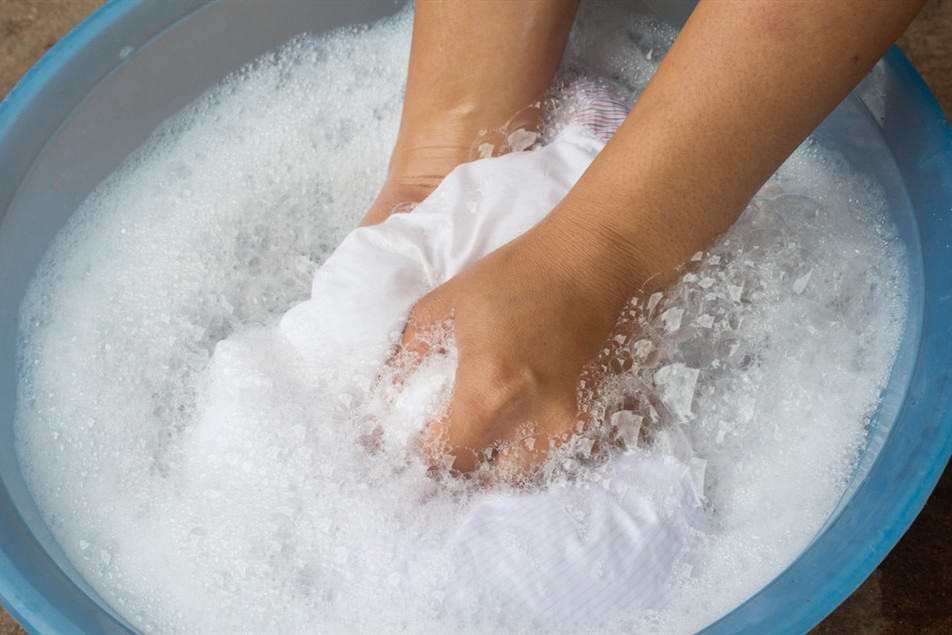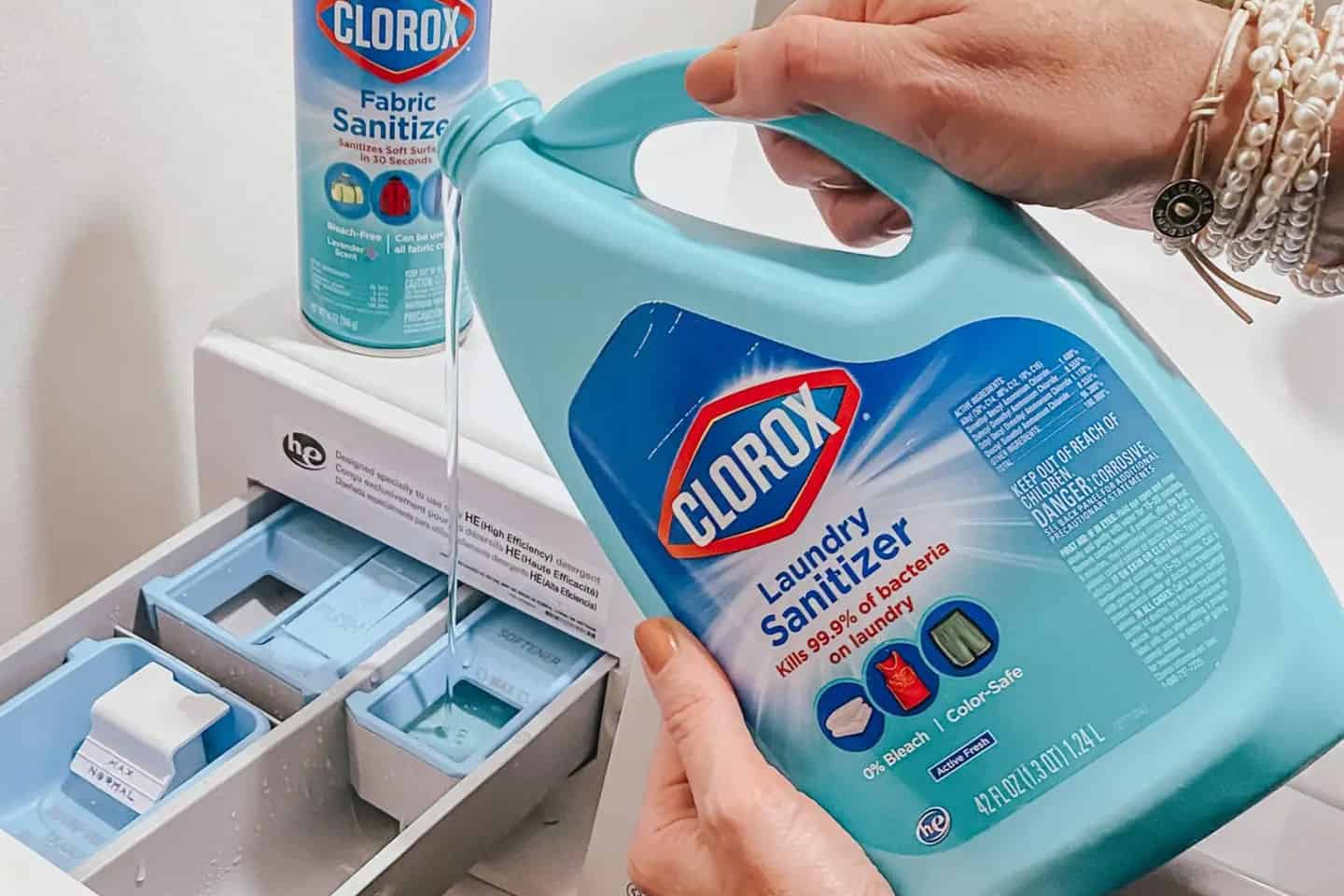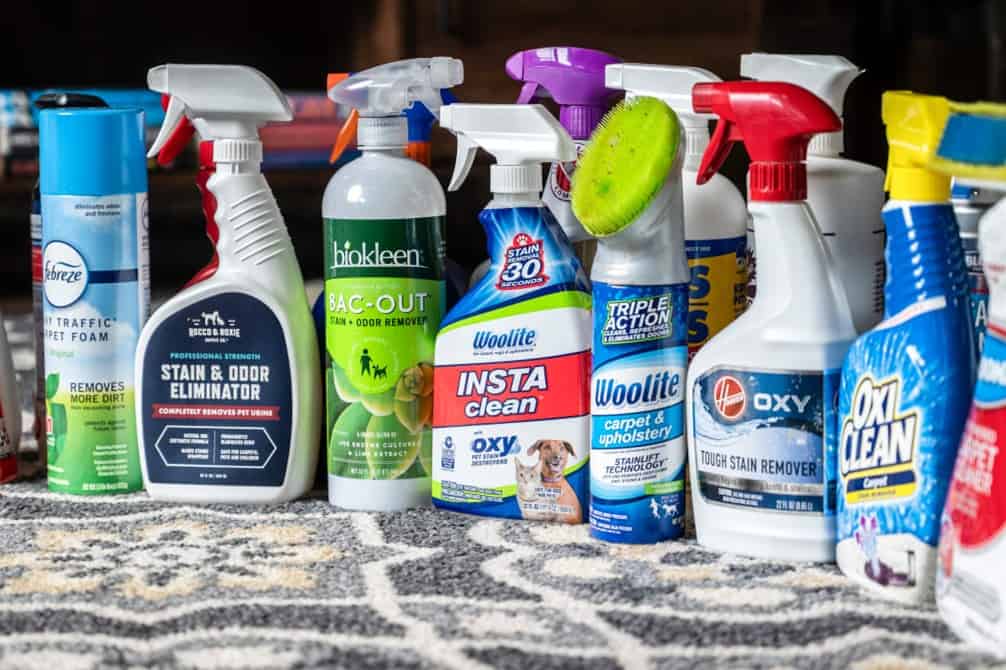Have you ever washed your clothes and wondered whether you might be doing everything wrong? For instance, have you ever asked yourself, “How much detergent should I use?” These might be trivial things, but these things actively contribute to your clothes’ quality. To keep your clothes’ fabrics in the best condition, it’s imperative to learn how much detergent to use.
The Intricacies of Detergent: How Does it Work?
Since pure water is unable to eliminate greasy and organic soiling, cleaning products like detergents are utilized for cleaning. Cleaning starts when different elements like water, soap, and dirty fabric come together. The cleaning begins due to the emulsifying properties of soap. The primary function of soap is to facilitate the mixing of oil and water, which makes it possible to rinse away oily filth.
If there is something you might be familiar with in laundry detergents, it’s the surfactants. These are the one category of compounds in laundry detergent that make a difference in how well your clothing comes out of the wash after using your preferred detergent.
The term surfactant is a combined and shortened word for surface active agents. As the name suggests, these agents act on the fabric’s surface, creating a reaction that helps get rid of the oil and dirt.
These agents get their name from their distinct chemical composition. Their composition allows them to simultaneously engage with two distinct surfaces, namely oil and water. The distinguishing characteristic of surfactant molecules is their hydrophobic tail and hydrophilic head. Lubricants and grime are drawn to the hydrophobic tip, while the head has a strong affinity for water, making them the perfect combination for the washing process.
Therefore, when a filthy garment is submerged in water, and a solution containing surfactants (usually in laundry detergents), the molecules’ tails bind towards the oil and filth. In contrast, the molecules’ heads are drawn to the water. And so when the garments are in the process of being “washed,” the molecules float in the liquid and are then removed when drained. In a nutshell, the main advantage of surfactants is that they work on removing dirt from clothes and also preventing it from returning.
How Much Detergent To Use
Most laundry detergents have their own recommended measure to put in, depending on the load. For example, liquid detergents usually have caps as a measuring device, and powdered detergents come with a simple scoop. Nonetheless, most people who wash their clothes are guilty of adding a little bit more detergent to a load of laundry with reasons or scoffs of “just to be safe.”
You might think that the more, the better or cleaner. However, this is not the case. In fact, using an excessive amount of laundry detergent is not only a waste of money. Still, it can also compromise the efficiency of your washing machine and the quality of your clothes.
Basic Recommended Amount per Load
When it comes to efficiently washing clothes, you need to consider the number of garments you are cleaning, the dimensions of your washing machine, and the kind of detergent you use. Some minor conditions to check on also include water hardness and the level of dirt in the clothes.
The maximum amount of laundry detergent that should be used to wash a clothing load efficiently is two tablespoons. Two tablespoons can cover loads that weigh more than 12 pounds. While the recommended amount can be indicated per brand at the back or the corners of the packaging, these are typically inaccurate.
If you are planning on pre-soaking a load of dirtier clothes and more heavily stained than usual, the recommended amount is two tablespoons. However, if you are soaking just a garment or two, pouring a teaspoon of detergent per gallon of water would be enough.
| Detergent | Standard Washing Machine | High-efficiency Washing Machine |
| Powdered detergent | ¼ or ⅓ cup | 2 tablespoon |
| Liquid detergent | 2 tablespoon | 2 tablespoon |
| Premeasured pack | 1 pack | 1 pack |
Signs You Might Be Using Too Much Detergent
While you might not see the signs immediately or during the cycle, there would be clues after the laundry session.
Slimy machine
This problem is prevalent, especially for people who skip measuring how much detergent they use. Too much detergent can overwhelm the machine, making it difficult to break down the particles. Thus, the soap residue. To combat this situation, you can run your washing machine with water again.
Unpleasant odor
Mold and mildew can flourish in an atmosphere where soap scum has accumulated. This is more rampant when you use an extravagant amount of detergent or fabric softener. The mold buildup emits an unpleasant stench that risks your garments smelling musty.
Faulty washer drainage
Washing your clothing with excessive detergent does more harm than good. Too much detergent in the washing machine could clog the drain or cause the device to stop working altogether.
Rust or dirt spots on clothes
This issue is frequently a symptom of soap scum or mold inside the boot. If you are unfamiliar, this is the typical rubber seal tasked to stop leakage.
Elements to Consider When Washing
- Soil level – Soil level refers to the level of soiling on an item of clothing. The presence of stains makes this fact straightforward to ascertain. Meaning it is measurable by superficial observation.
- Hard water – This type of water contains high concentrations of minerals, including the following:
- Calcium
- Iron
- Manganese
Hard water should be more familiar to you when it’s called mineral water.
- Soft water – Soft water is still water that has undergone a treatment process, but this type only consists of salt. This is a more refined form of H2O, which is perfect for use in your washing machine. Washing on a routine basis in soft water allows clothing to retain its original color better and have a longer lifespan.
Detergent and Hand Washing
While laundromats have been scattered all around the world and have been very accessible, you can still opt for hand wash. This way, you know how your clothes are handled and can do it however you please.
Preparing space
To begin, you must identify the location of this procedure. For example, when you wash your clothes by hand, you’ll need a clean area that’s large enough to soak your items in water thoroughly. You need the place to be clean so make sure you clean it.
One teaspoon per pound rule
A standard measurement in hand-washing clothes is a teaspoon per pound. Be very mindful of the detergent count, do not put in too much detergent, as this will make the rinsing extremely lengthy. This will also most likely leave behind residue that will cause skin irritation if it is left on.
Swish, swirl, and pump!
The clothing should be completely submerged in the detergent solution. Mimic is the movement of a washing machine with your hands. To ensure the detergent covers all the fibers, move the clothes around by turning, churning, pushing, squishing, and whirling them in the basin.
After the items have been soaked, you should let them soak in the mixture for anywhere from fifteen to sixty minutes. Observe the level of filth it’s in and estimate how much time they need to soak.
Rinse
You are now ready to rinse your clothes. Ensure to eliminate any slimy feeling, as this can cause an unpleasant odor or skin irritation.
Choosing The Right Detergent For You
As clothes are made of various types of garments, there’s no universal detergent that fits all. However, you should keep at least three types of detergents for the more broad categories like colorful items, whites, and a solution fit for silk and wool.
Liquid laundry detergent
Most specialists recommend pre Dissolved liquid detergent. When removing greasy stains, the most effective type of detergent to use is liquid detergent. It’s also simple to use as a pre-treatment for the stain-removal process.
Powdered laundry detergent
If you’re looking for the most cost-effective option, powder detergents are your best bet. This detergent is very efficient in removing mud stains and soil dirt.
Premeasured detergent packs
The most practical and convenient option is a single-use pack if you need to utilize a laundromat. However, using these could consequently cost more than when you buy in bulk. In addition, it may take two or more packs if you wash extremely soiled items or huge loads.
Detergent bar soaps
Because of its consistency, which makes it easier to manipulate by hand, this detergent is most effective when hand washing. This soap can also be rinsed off clothing more effectively than detergents. Laundry soaps are also gentler to the fabric. For optimal results, you can also mix milder soaps with stronger detergents.
HE detergents
These days, you can find almost all types of laundry detergent that fit any water temperature. In the past, some detergents were unavailable for ordinary and high-efficiency washing machines, unlike today. While these double-purpose detergents are rampant, it still pays to be careful and sure. You can easily search for the HE icon to avoid getting the wrong detergent.
Summary
So, how much detergent should I use? The answer is ambiguous, and you must consider several factors before running the washing machine. With the information and tips above, you will be able to spend your wash sessions without jeopardizing the potential lifespan of your clothes or risking skin irritation.

Jessica Oliver is a fashion enthusiast with more than ten years of experience in the industry. She previously managed her own clothing store in New York before becoming a mother of three. With a passion for sustainability and a desire to share clothing care and recycling tips.

